Optimal Timing for Fire Restorations
Fire restorations are most effective when performed promptly after a fire incident. Immediate response minimizes structural damage and reduces restoration costs. The optimal time for fire restoration depends on factors such as weather conditions, fire severity, and property accessibility.
Initiating fire restoration within 24-48 hours helps prevent further damage from smoke and water. Early intervention ensures better preservation of property and reduces long-term costs.
Restorations are generally more efficient during mild weather months. Extreme cold or heat can complicate drying and cleaning processes, delaying restoration work.
Rain, high humidity, or freezing temperatures can hinder restoration efforts. Planning repairs during dry, moderate weather conditions ensures better outcomes.
Severe fires causing structural compromise require immediate attention. Minor fires may allow for scheduled repairs, but prompt assessment is still recommended.
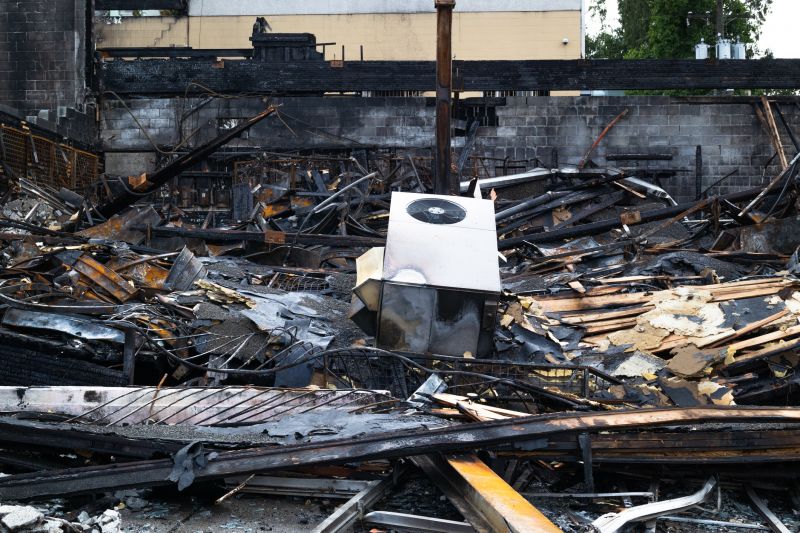
Initial evaluation of fire-affected structures.
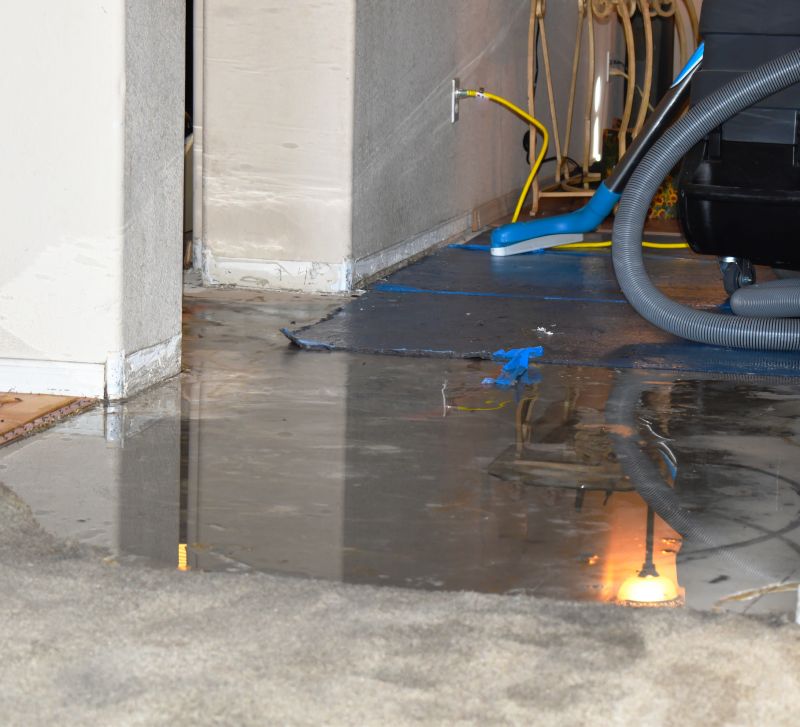
Removing excess water from firefighting efforts.
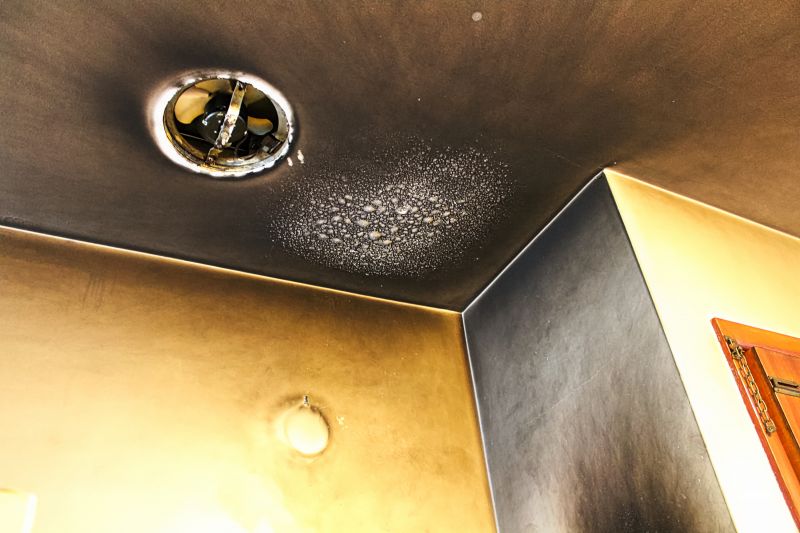
Removing smoke residues from surfaces.
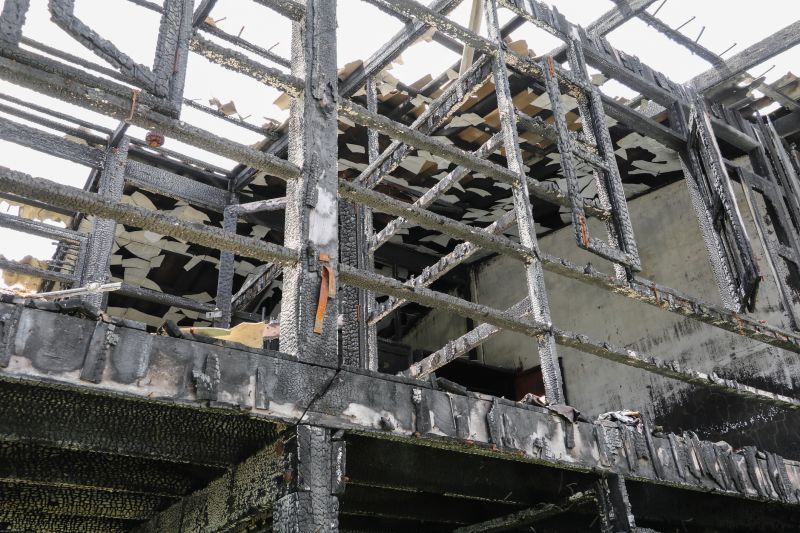
Rebuilding and restoring damaged frameworks.
| Factor | Impact on Timing |
|---|---|
| Weather Conditions | Mild weather favors quicker restoration |
| Fire Severity | Severe fires require immediate response |
| Property Accessibility | Obstructions can delay work |
| Resource Availability | Limited availability may extend timelines |
| Seasonality | Spring and fall are optimal for scheduling |

Initial state of fire-affected property.
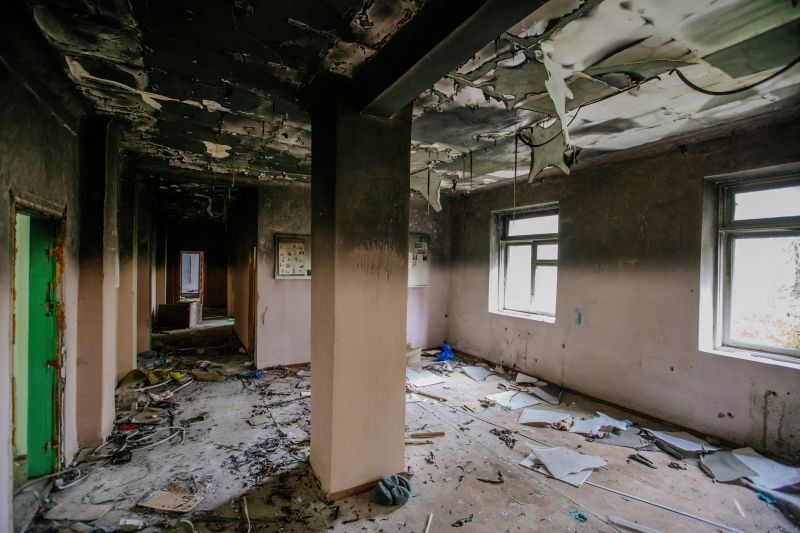
Progress in cleaning and repairs.
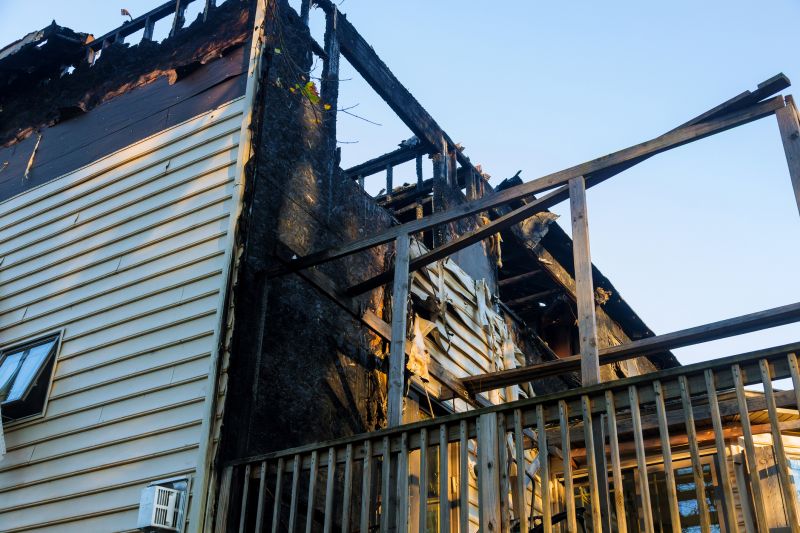
Completed fire restoration work.

Assessment prior to starting repairs.
Timely fire restoration helps mitigate long-term health risks associated with smoke and soot residues, and prevents secondary damages such as mold growth. Property owners are encouraged to contact restoration professionals promptly to evaluate damage and develop an effective response plan.
